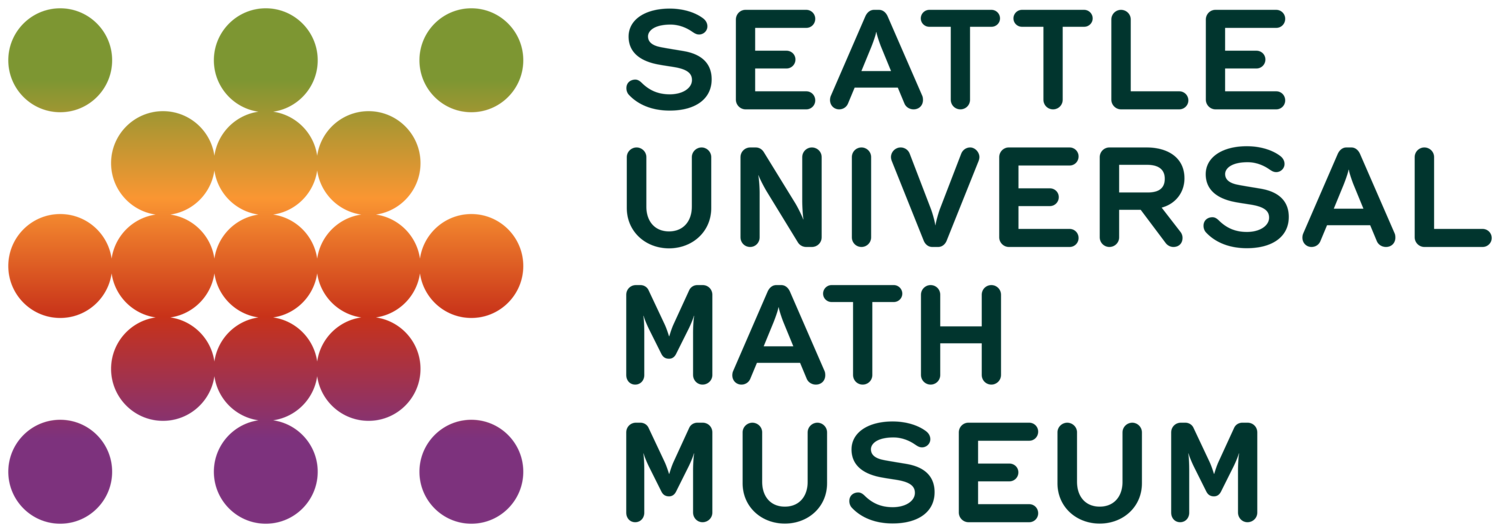Math in… Protein Folding
Proteins are an important part of any healthy diet. When eaten, your digestive system breaks them down into their amino acid building blocks and then uses those amino acids to make the proteins that your body needs in the places that it needs them.
Peanuts and tree nuts are high in protein.
Proteins are used to build hair, skin, muscles, bones, and many other structural parts of our bodies. Athletes eat meals high in protein along with regular exercise to build muscle.
Proteins play many other roles in your body. Here are a few:
Antibodies fight viral and bacterial infections
Messenger proteins transmit signals between different cells, tissues, and organs
Enzymes build or break down substances and speed up chemical reactions
Transport proteins carry molecules around the body, helping them across membranes
On paper, a protein is just a long chain of amino acids, but those amino acids have different properties that can affect the protein’s structure in interesting ways, depending on their ordering.
Some amino acids are hydrophobic, and a protein chain will contort to keep water molecules away from them.
As it contorts, some parts of the chain will attract other parts, making it further twist and bunch up. It can even start tying itself into a knot!
As random as this process of protein folding might seem, most proteins we care about each have one specific, default 3D shape they will assume when not interacting with other molecules. This shape is called the protein’s native state.
The native state of a protein is crucial in its function, determining how it can bind and interact with other molecules.
These shapes are important in pharmacology (the study of medicine).
Penicillin fights bacterial infections by binding to bacterial proteins in a way that stops them from completing cell walls.
Many degenerative conditions, like Parkinson’s and Alzheimer’s diseases, are suspected to be caused by protein misfolding, which suggests directions for treatment research.
While its sequence of amino acids theoretically contains everything needed to predict how a protein folds, this has been a challenging mathematical modeling problem.
The 2024 Nobel Prize in chemistry was jointly awarded to David Baker, John M. Jumper, and Demis Hassabis for their computational work on this problem: Jumper and Hassabis for their AI program AlphaFold, which accurately predicts protein shapes from their amino acid sequences about two-thirds of the time, and Baker for his work on predicting and designing proteins that fold into shapes not already found in nature.
If this MIRL leaves you itching to fold your own proteins, try David Baker's Foldit game: http://fold.it

